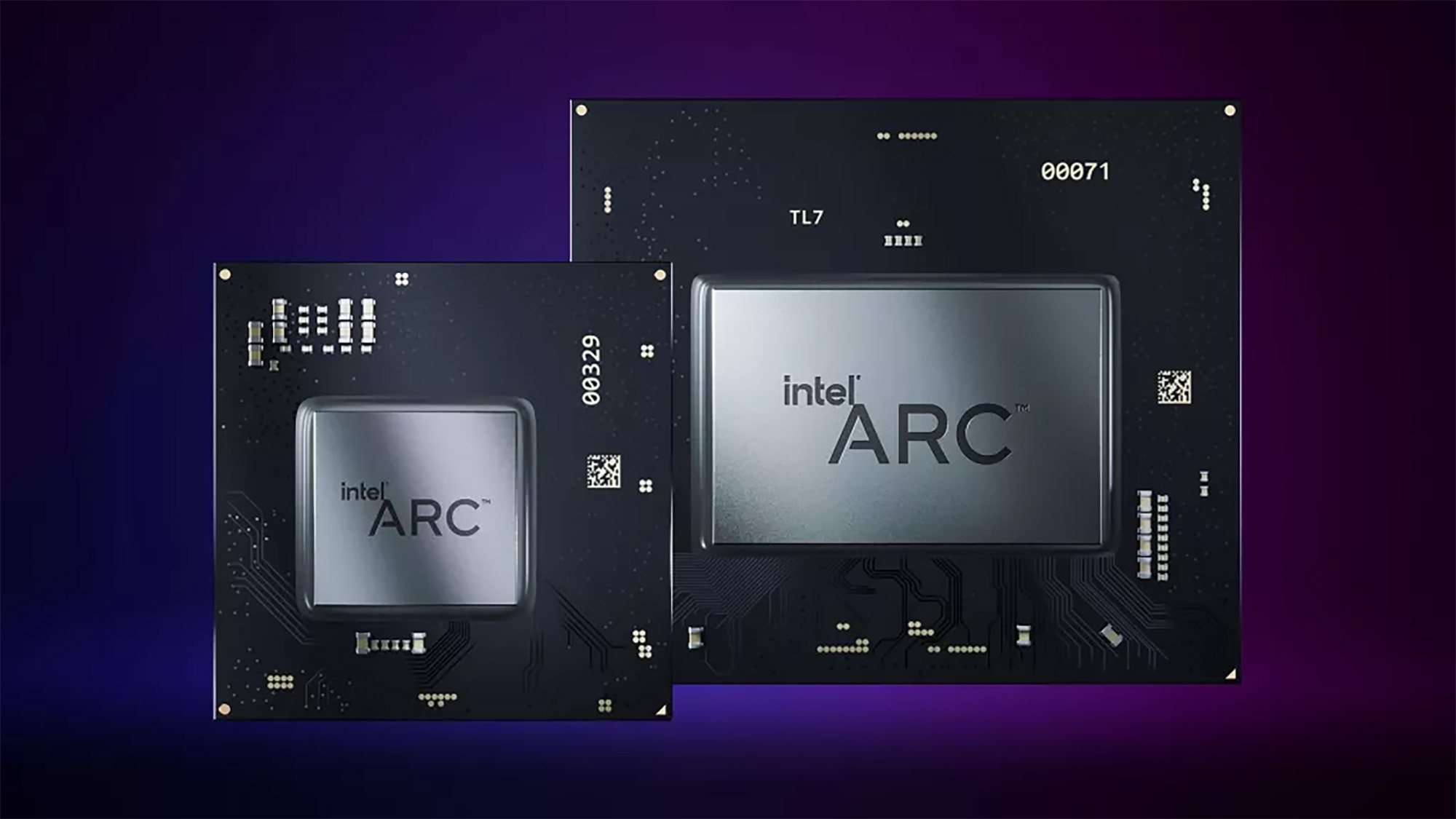Intel set to supercharge XeSS with a DLSS 3 rival that aims to tackle the worst thing about Nvidia’s frame generation
It’s all about beating the input lag

Intel is improving its frame rate boosting technology, XeSS, with a step forward in the form of ExtraSS, which promises to keep pace with the latest developments with Nvidia’s DLSS and AMD’s FSR.
As Wccftech spotted, at SIGGRAPH 2023 in Australia, Intel revealed it’s working on an extension to XeSS called ExtraSS, which is a frame generation feature to rival the efforts introduced in DLSS 3 and FSR 3.
The key difference with Intel’s take on frame generation – which literally refers to inserting extra frames into the game, to up the frame rate and artificially make it smoother – uses frame extrapolation.
That’s in contrast to AMD and Nvidia who both use frame interpolation.
Intel explains: “We introduce ExtraSS, a novel framework that combines spatial super sampling and frame extrapolation to enhance real-time rendering performance. By integrating these techniques, our approach achieves a balance between performance and quality, generating temporally stable and high-quality, high-resolution results.”
Analysis: Keeping up with the Joneses
This is a necessary step for Intel to keep up with its GPU rivals. XeSS is a pretty impressive take on frame rate boosting overall, but with frame generation being the new king of upscaling town, Team Blue would seem behind the times if it didn’t look at its own implementation. Enter ExtraSS (we’re not keen on the name, incidentally).
As mentioned, there’s a different approach for Intel going the extrapolation route, rather than interpolation. What does this mean? As mentioned, this is all about how the artificially inserted frame is generated. With interpolation, it’s produced based on the data of the two frames either side (before and after). However, with extrapolation, it’s based on just the one frame.
Sign up for breaking news, reviews, opinion, top tech deals, and more.
To sum up in an admittedly crude nutshell, Intel ExtraSS only uses one frame and therefore guesses more about the make-up of the inserted frame as a result, but the advantage is there’s no increase in input lag (which is caused when drawing data from two frames, to make the frame to insert in-between).
So, Intel scores with mitigating input lag – which is where AMD and Nvidia’s frame generation technologies have faced their strongest criticism – but at the cost of the quality of the result to some extent (more guesswork is involved), and possibility of added artifacts and the like. Clearly, though, Intel will be working to keep any of the latter down to a minimum, and Team Blue will want to hit a palatable balance between performance and quality.
All that said, whether extrapolating or interpolating, frame generation is still much the same tech at heart, so Intel’s ExtraSS won’t be all that different. It’s just that Team Blue will obviously be looking to get a slight leg-up on its rivals on the input lag front. (Mind you, AMD and Nvidia do have their own anti-lag features, as well, to combat any detrimental effects of frame generation – in supported scenarios, that is).
Ultimately, the proof will be in the pudding, and we’re keen to see how Intel can work its magic in the frame generation space when ExtraSS is actually realized – though we don’t know when that’ll be.
ExtraSS may well take some time to come to fruition, certainly if FSR 3 is anything to go by, which took a year or so to arrive (and further time to iron out wrinkles, for that matter). Meanwhile, Nvidia has pushed onto DLSS 3.5 with another new spin on the upscaling tech, ray reconstruction – and it’s a serious step forward. There’s no doubting who leads the fps boosting race, but AMD is making good progress with FSR 3 of late, too.
Via Tom’s Hardware
You might also like
Darren is a freelancer writing news and features for TechRadar (and occasionally T3) across a broad range of computing topics including CPUs, GPUs, various other hardware, VPNs, antivirus and more. He has written about tech for the best part of three decades, and writes books in his spare time (his debut novel - 'I Know What You Did Last Supper' - was published by Hachette UK in 2013).